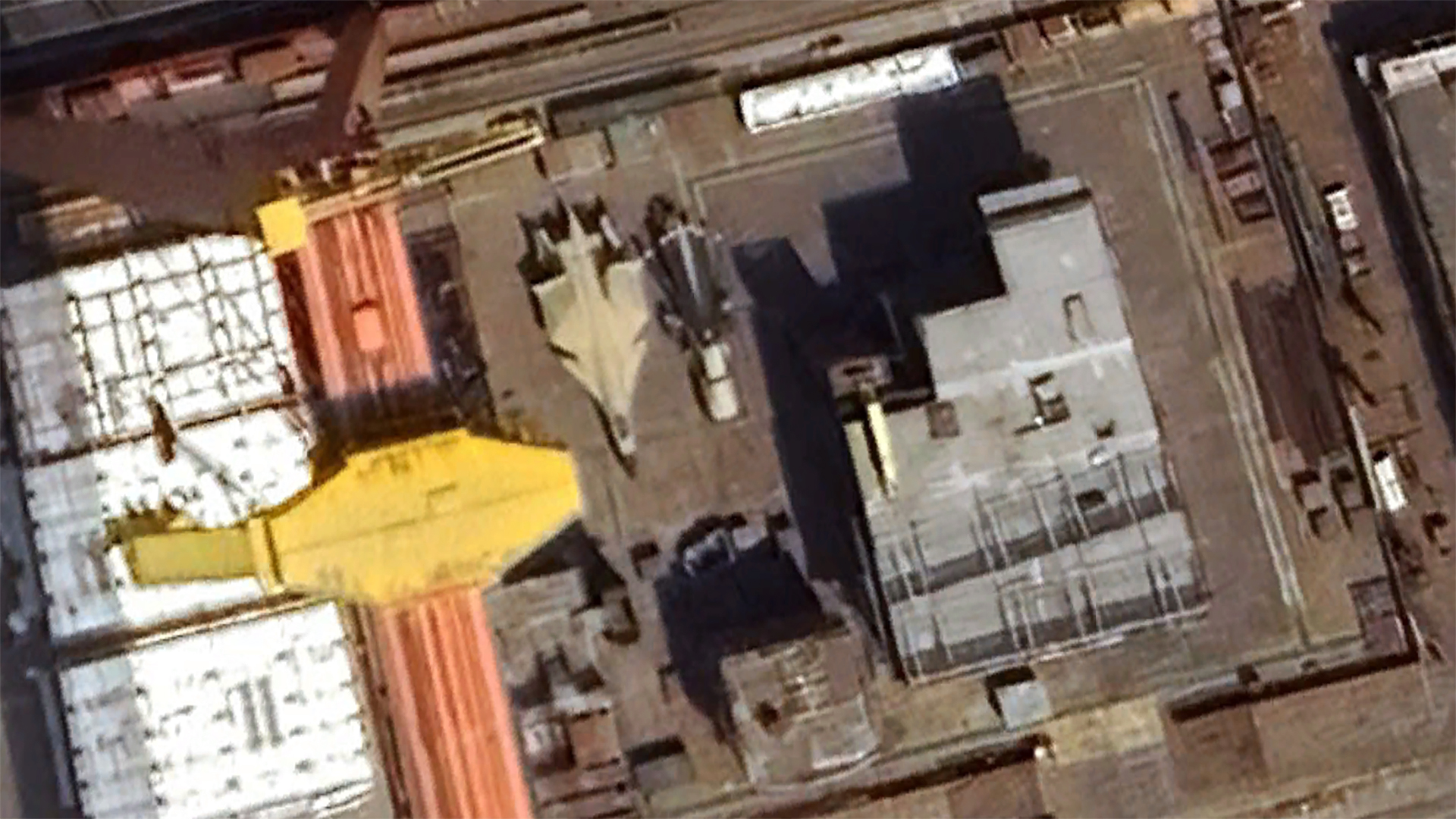We may have just gotten our first sight of China’s next-generation aircraft carrier, generally referred to as the Type 004 — or at least a portion of it. Construction work at a shipyard in Dalian, in China’s Liaoning province, reveals a module that is consistent with an aircraft carrier — which would be China’s fourth once it enters service — although there remain questions about the precise nature of the object, which may be intended for testing rather than as part of the finished warship.
The module in question, apparently a section of the flight deck, is seen in satellite imagery provided by Google Earth and which first began to circulate on Chinese defense forums. The imagery dates back to May 2024 but was only recently published. Close to the module are mockups of a J-15 Flanker series carrier-based fighter and a Z-8 series naval helicopter. Mockups of this kind are frequently used in carrier development work in China, both on land and at sea.

Provided that what appears as lines running along the module are trenches for catapult tracks, which seems the most likely explanation, this would suggest that the Type 004 will have two waist catapults, in addition to the two bow catapults. This would match the arrangement of the U.S. Navy’s Ford class and would add an extra catapult compared with China’s third carrier, the Type 003 Fujian, which has a single catapult in the waist position.
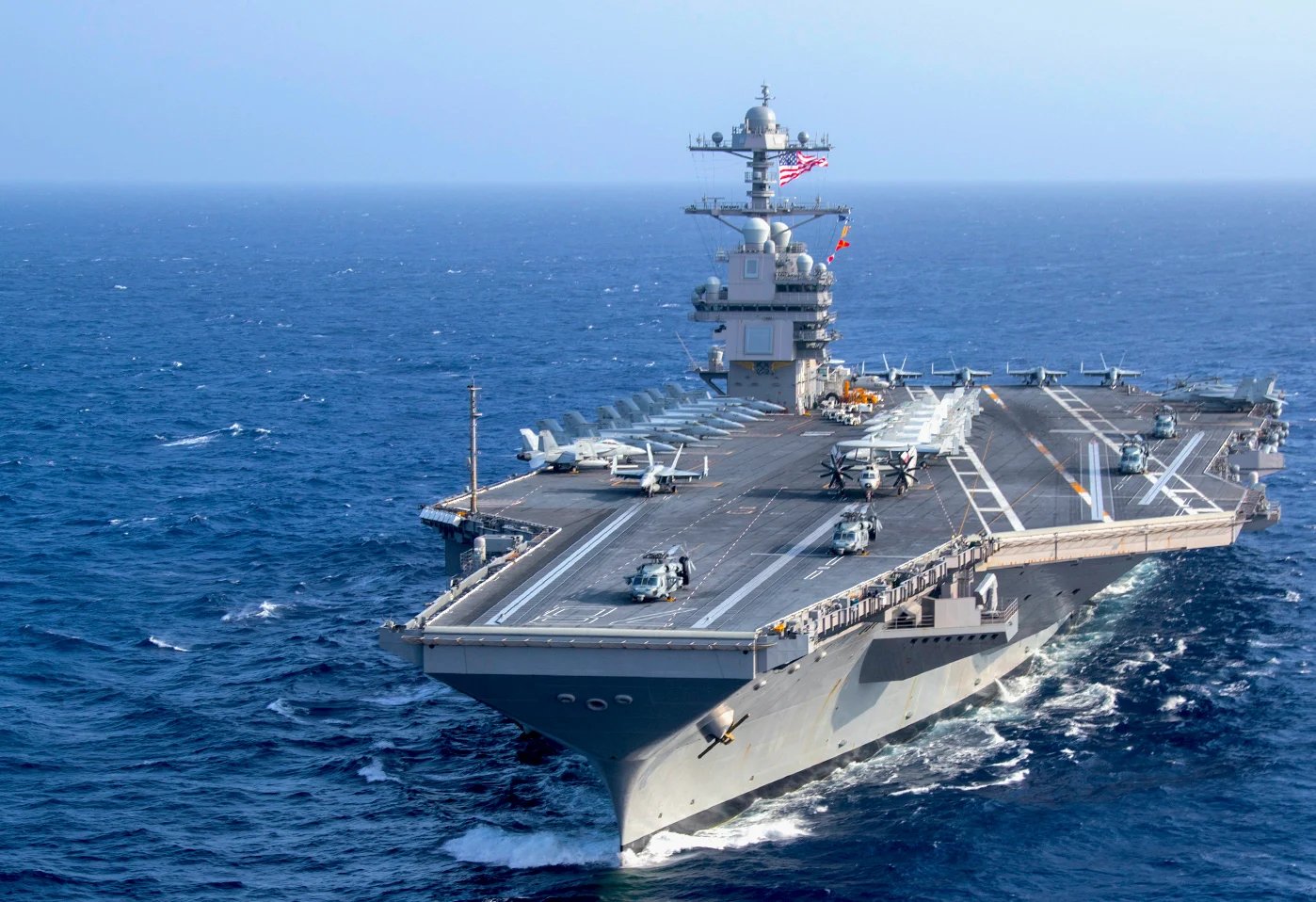
The module is located within the sprawling Dalian complex, the specific location being Xianglujiao, which is where the dry dock for China’s earlier Type 001 Liaoning and Type 002 Shandong aircraft carriers is also located.
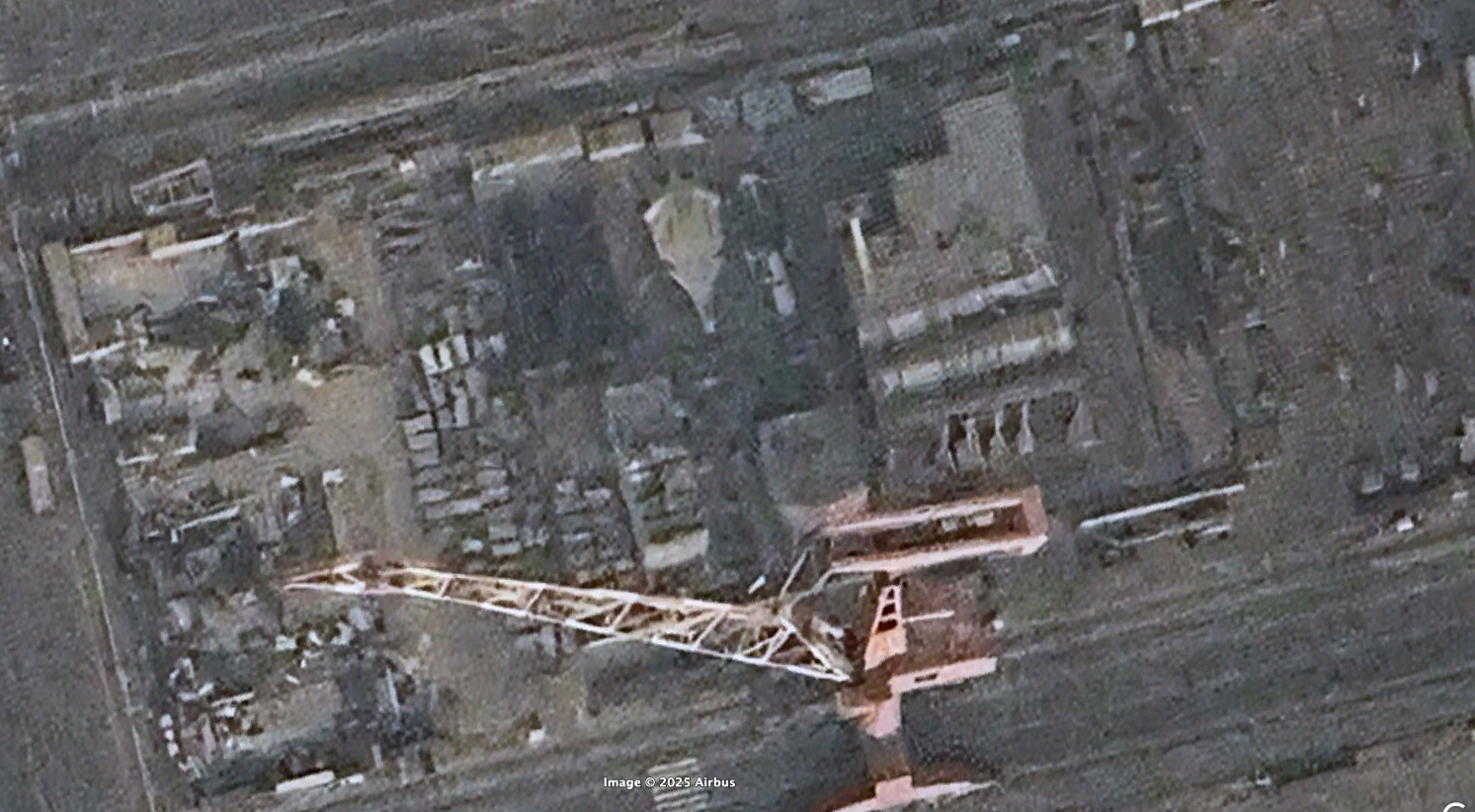
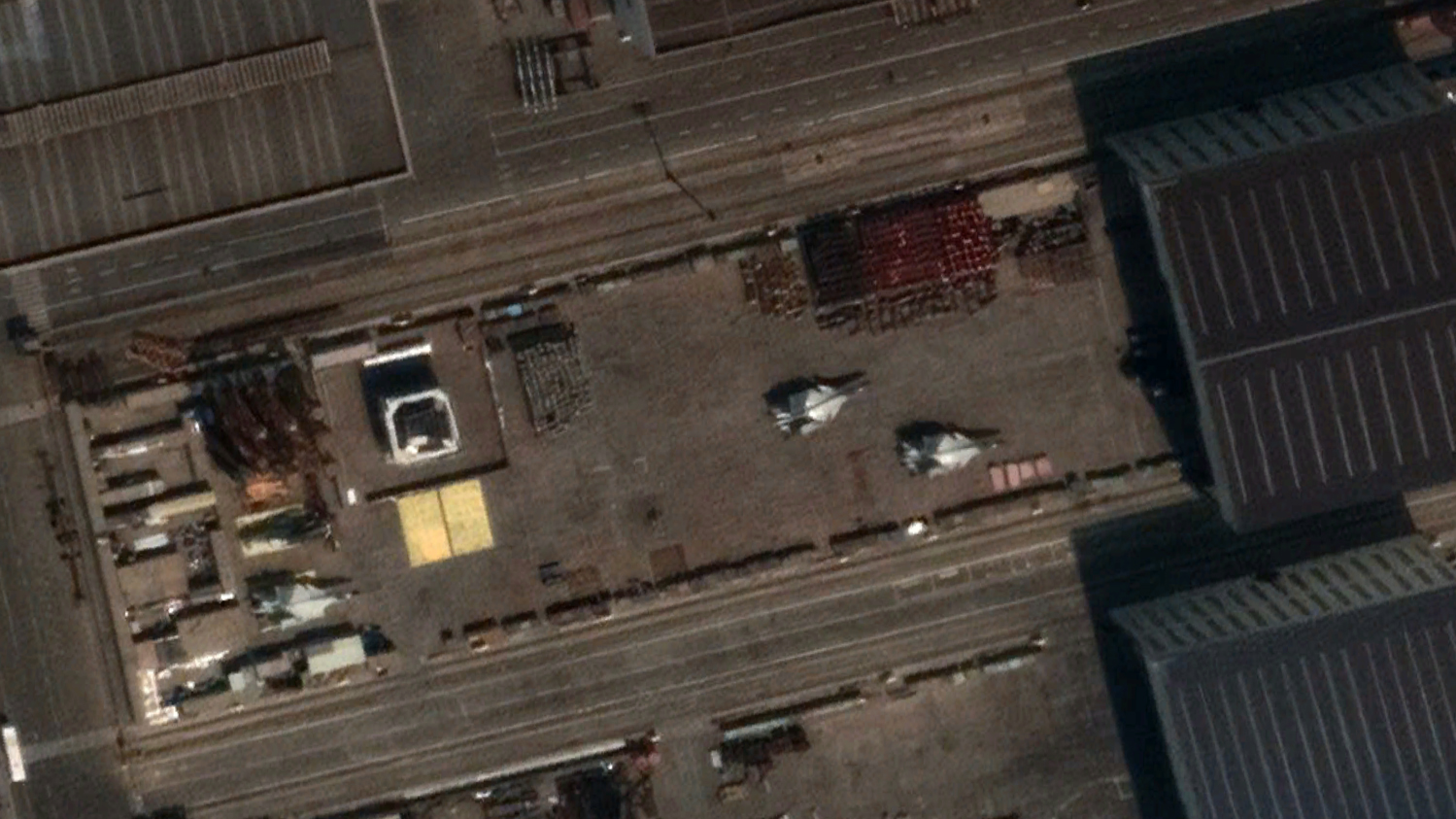
TWZ spoke to Alex Luck, a journalist who closely follows the People’s Liberation Army Navy (PLAN), for his assessment of the module.
Noting that it’s probably too early to make any concrete assessment about the role of this particular module, Luck says that the Dalian location makes sense for a new carrier, with the adjacent dock already used for carrier construction and maintenance.
On the other hand, as Luck points out, the first modules spotted for the Fujian in 2018 were lower hull segments, rather than a flight deck module, which seems to be what we are looking at here.
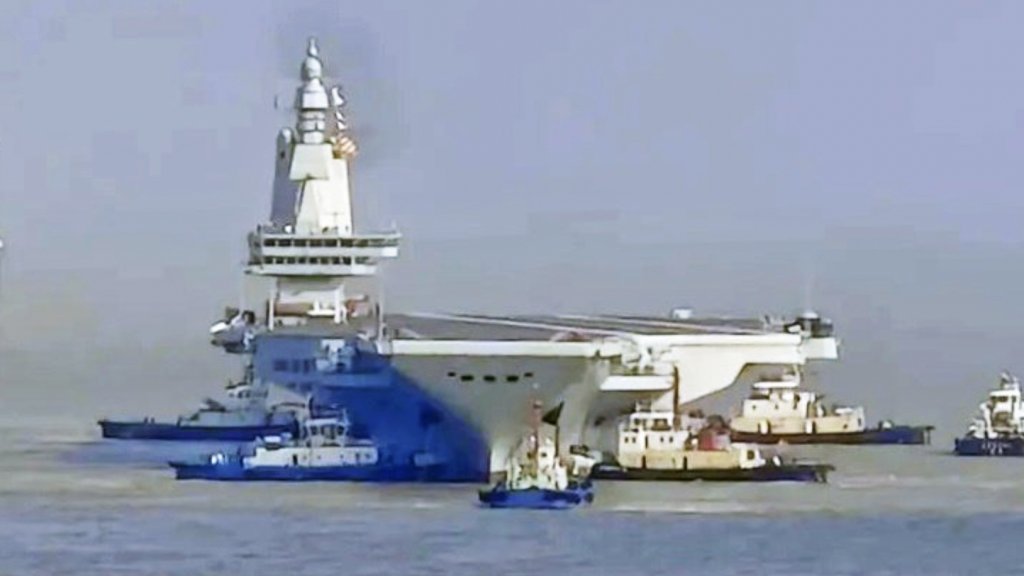
Since lower hull segments make more sense in terms of procedural assembly, it could be the case that this is not a production module but instead a test or demonstrator segment for the future flattop.
There is a precedent for this, with a demonstrator module for the future Fujian noted at Jiangnan Shipyard in Shanghai, back in 2013. With that in mind, a similar approach for the Type 004, involving test portions of the new carrier, to iron out any early problems with the design wouldn’t be entirely surprising.
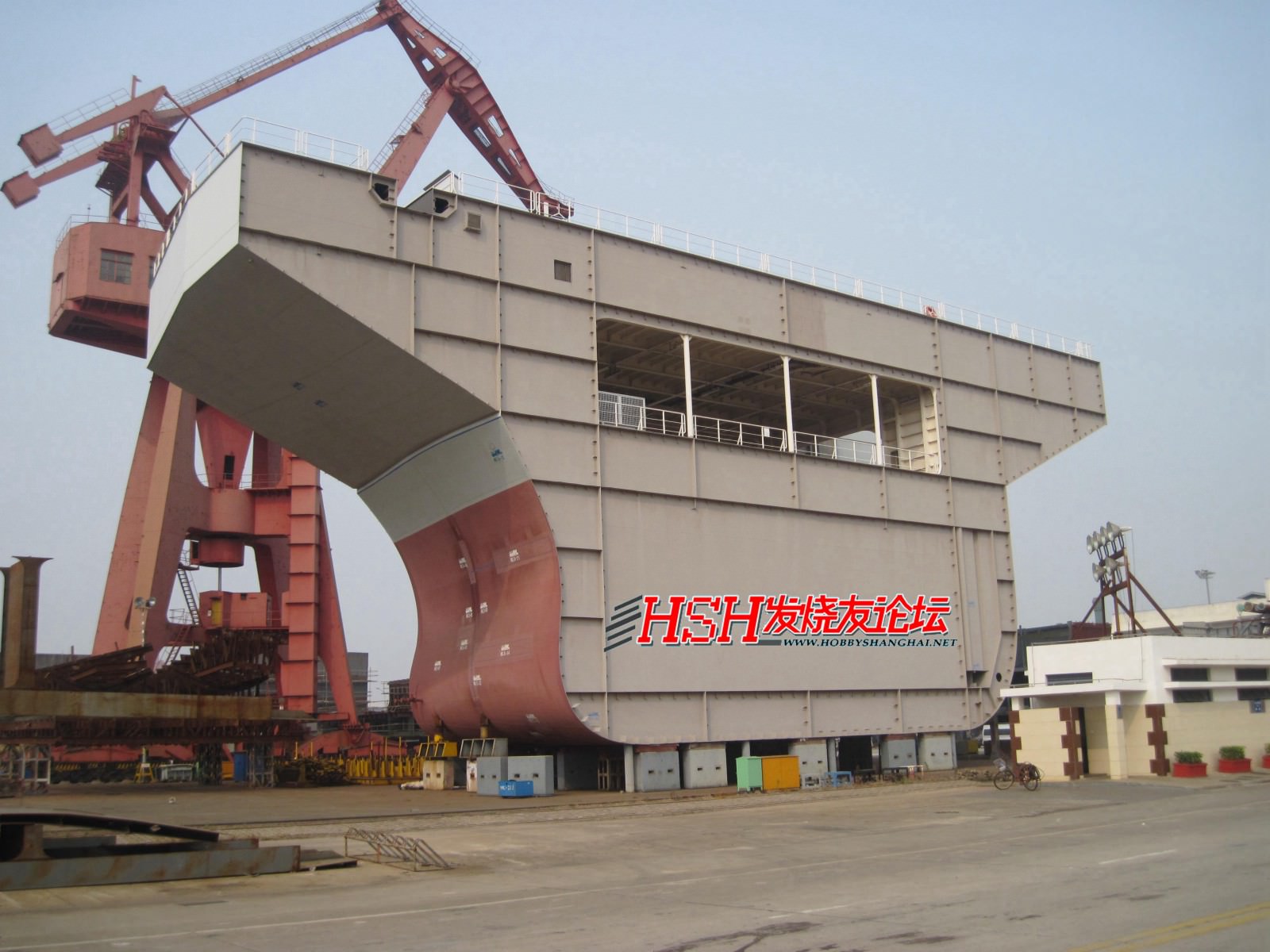
As for the presence of the aircraft mockups next to the new module, Luck observes that these are likely not necessarily directly related to the new carrier, with the same ones probably having been used for the Liaoning and the Shandong beforehand.
Previous rumors had suggested that the Type 004 might be built at a different location, namely Dalian Dagushan, located across the bay from Xianglujiao, so that too raises some questions about the purpose of the module. Dalian Dagushan is where the most recent Type 055 ‘super-destroyers’ and Type 052DL destroyers are being built but, again, we don’t know for sure that the Type 004 will also be built here.
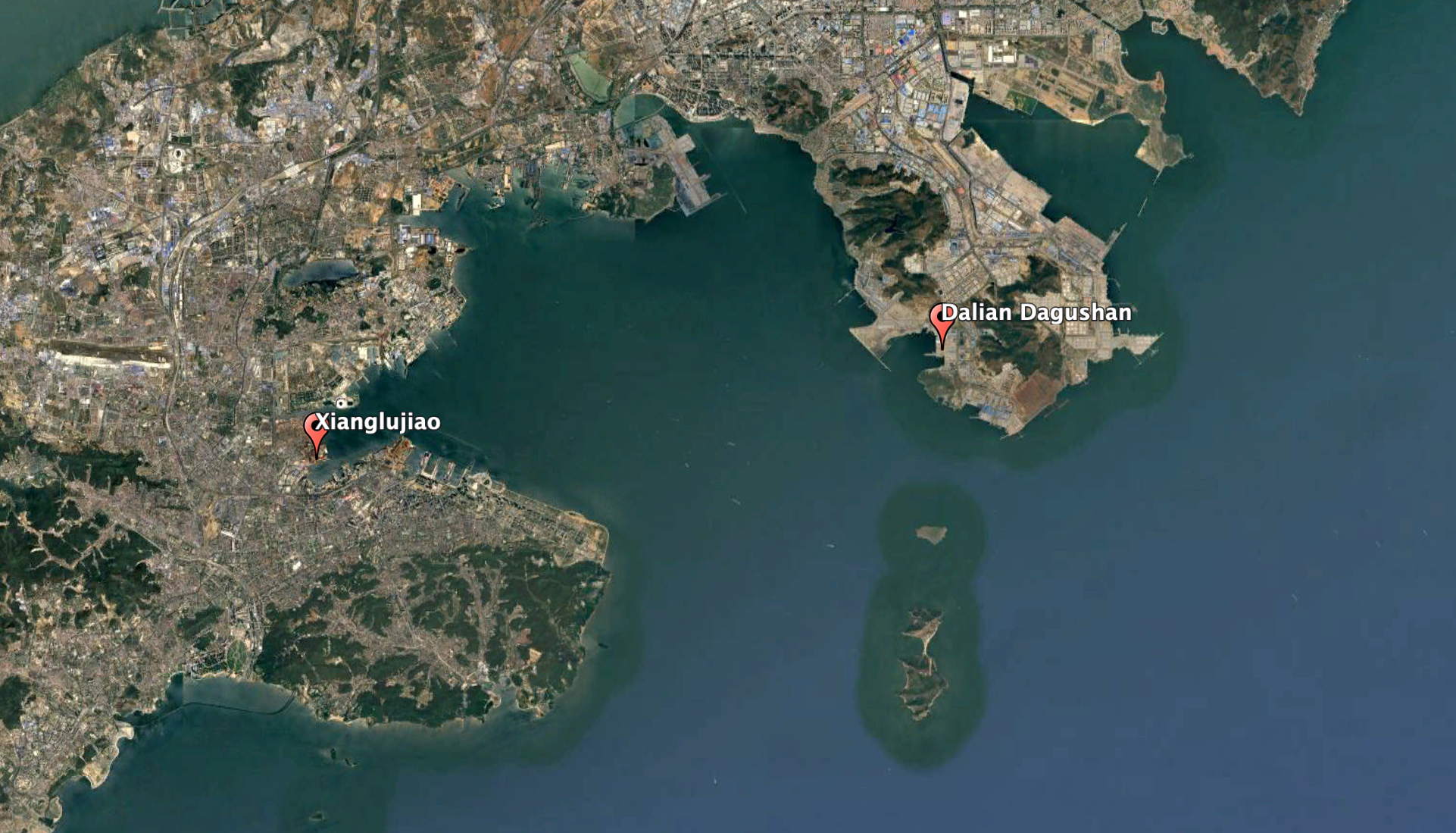
Previously, there had also been speculation that the Type 004 might be constructed at Jiangnan, which produced the Fujian, and this shipyard also offered some concept art depicting a new aircraft carrier design. The carrier shown in that artwork had some broad external similarities to the U.S. Navy’s Ford class and France’s future New Generation Aircraft Carrier, although, at this stage, we really can’t say what the Type 004 will look like.

Whatever the role of the new module, there’s certainly a strong possibility that it’s related to China’s next carrier, with previous suggestions that the Type 004 could enter service sometime in the late 2020s.
When it does finally appear, the Type 004 is expected to be a notably more advanced design than Liaoning and Shandong, which are by now well established with the PLAN fleet, as well as the Fujian, the country’s first domestically produced carrier, which is still preparing for operational service. Launched in 2022, the Fujian began sea trials in mid-2024 and is expected to enter operational service in 2025, according to the U.S. Department of Defense.
Like Fujian — and in contrast to the two previous carriers — the Type 004 will be equipped to launch aircraft via catapults. The PLAN’s two in-service carriers, the Shandong and the Liaoning, are both short takeoff but arrested recovery, or STOBAR, types with prominent ‘ski jump’ takeoff ramps. Catapults offer manifold advantages, especially when it comes to launching aircraft at higher gross weights, which translates to larger fuel and ordnance loads. They can also generally accommodate a wider array of aircraft types, too. This includes larger and slower designs, like the still-in-development KJ-600 carrier-based airborne early warning and control aircraft, as well as smaller ones, such as drones.

Presumably, the Type 004 will have an advanced electromagnetic aircraft launch system (EMALS), provided it proves to be successful on the Fujian. Otherwise, this type of equipment is currently only in use with the U.S. Navy.
Aside from the KJ-600, the air wing for the new carrier will likely include the J-35 stealth fighter, supported by advanced versions of the J-15 multirole fighter. The carrier is also likely to host various drones, such as navalized versions of the GJ-11 Sharp Sword uncrewed combat aerial vehicle (UCAV), plus helicopters.
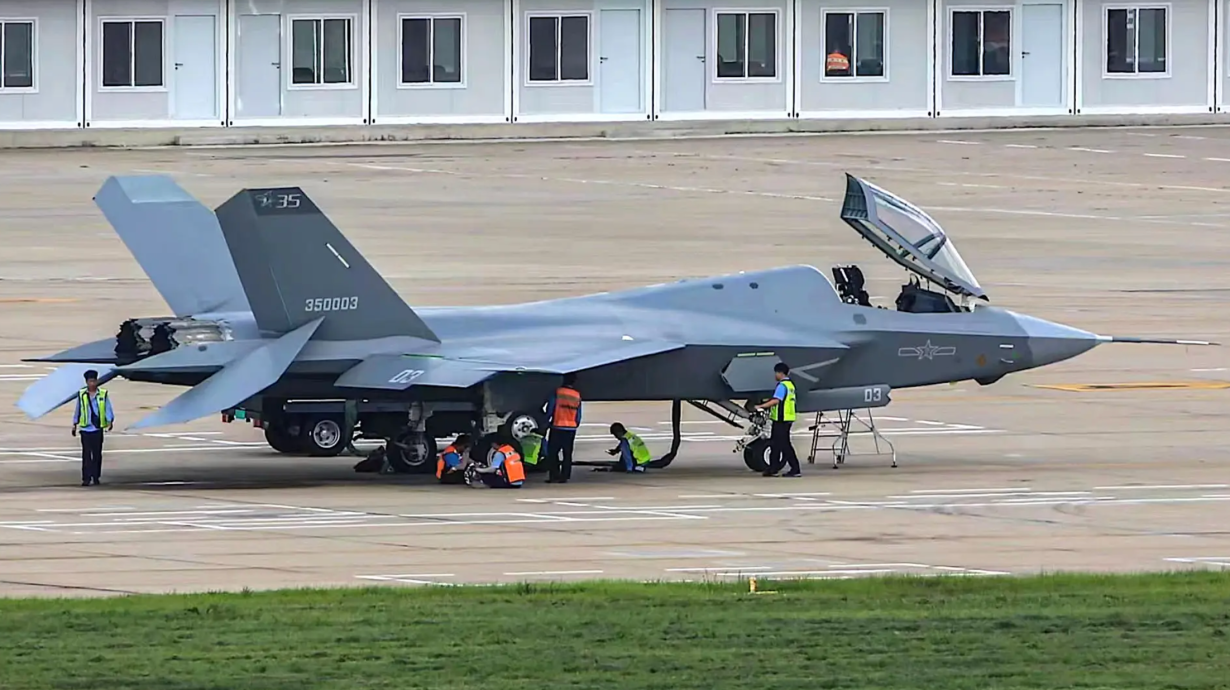
There have long been reports that the Type 004 will be a nuclear-powered vessel, which would give it effectively unlimited range and help meet the power-generation demands of ever-improving sensors, other mission systems, and possibly directed-energy weapons. At this stage, that remains unconfirmed but would certainly be in line with the PLAN’s expanding carrier ambitions.
As well as its aircraft carriers, China is meanwhile also working to introduce a number of very large big-deck amphibious assault ships, referred to as the Type 076. Each will feature at least one electromagnetic catapult that is expected to be primarily used to launch drones, as you can read more about here.
In its latest assessment of Chinese military power, the Pentagon doesn’t explicitly mention the Type 004, but does state that the PLAN is “in the beginning stages of operating its multi-carrier force.” It also notes that the Fujian is just the first warship within a “next
generation of carriers” that will be characterized by “greater endurance and an electromagnetic catapult launch system, making them capable of launching various types of specialized fixed-wing aircraft for missions, such as airborne early warning and electronic warfare. This will increase the striking power of a potential PLAN carrier battle group when deployed to areas beyond the PRC’s immediate periphery.”
While the PLAN’s carrier force is still clearly outmatched by the U.S. Navy’s fleet of 11 active nuclear-powered supercarriers, China is already benefiting from having multiple carriers to draw on, and this advantage is set to become more pronounced in the years to come. As the Chinese military buildup continues, the Type 004 future aircraft carrier is clearly a program to watch.
Contact the author: thomas@thewarzone.com
